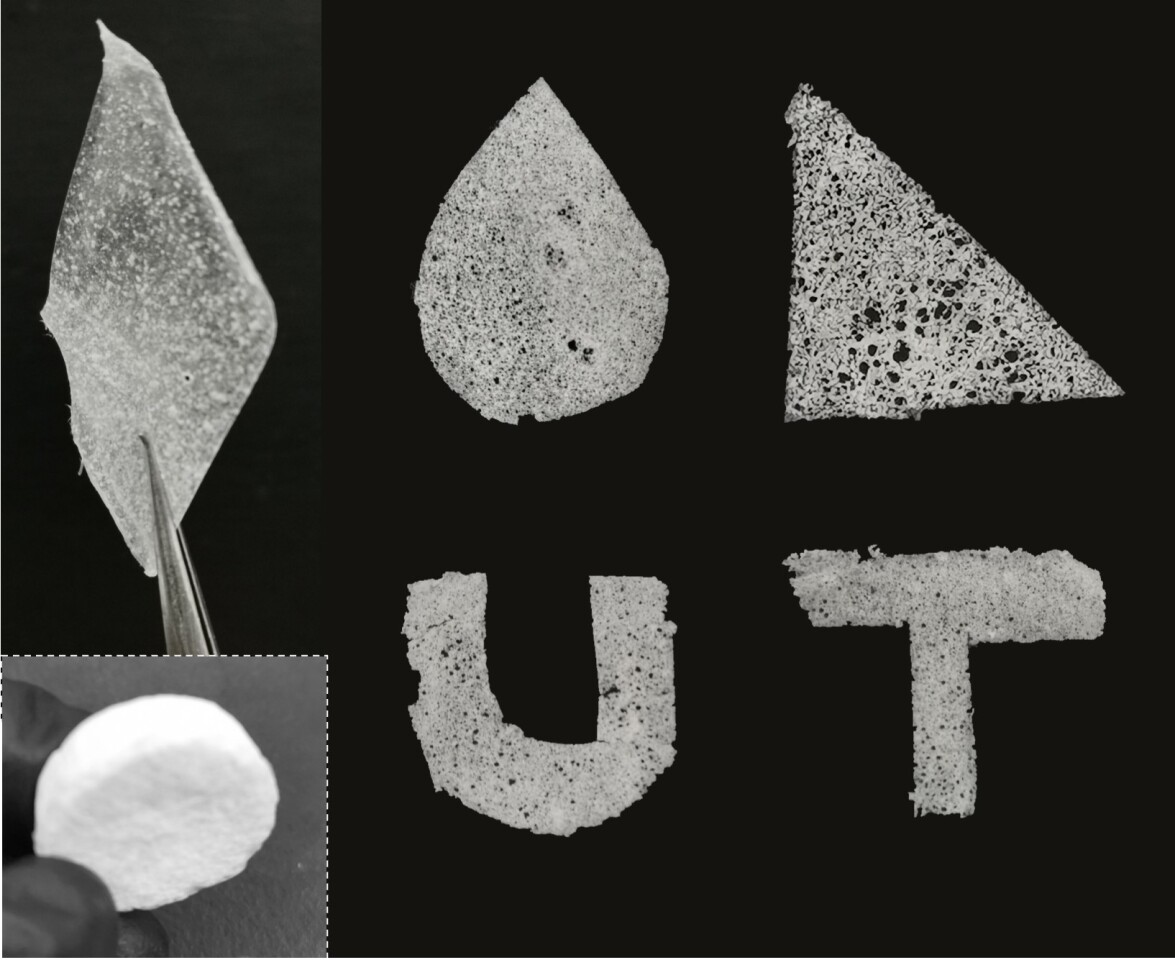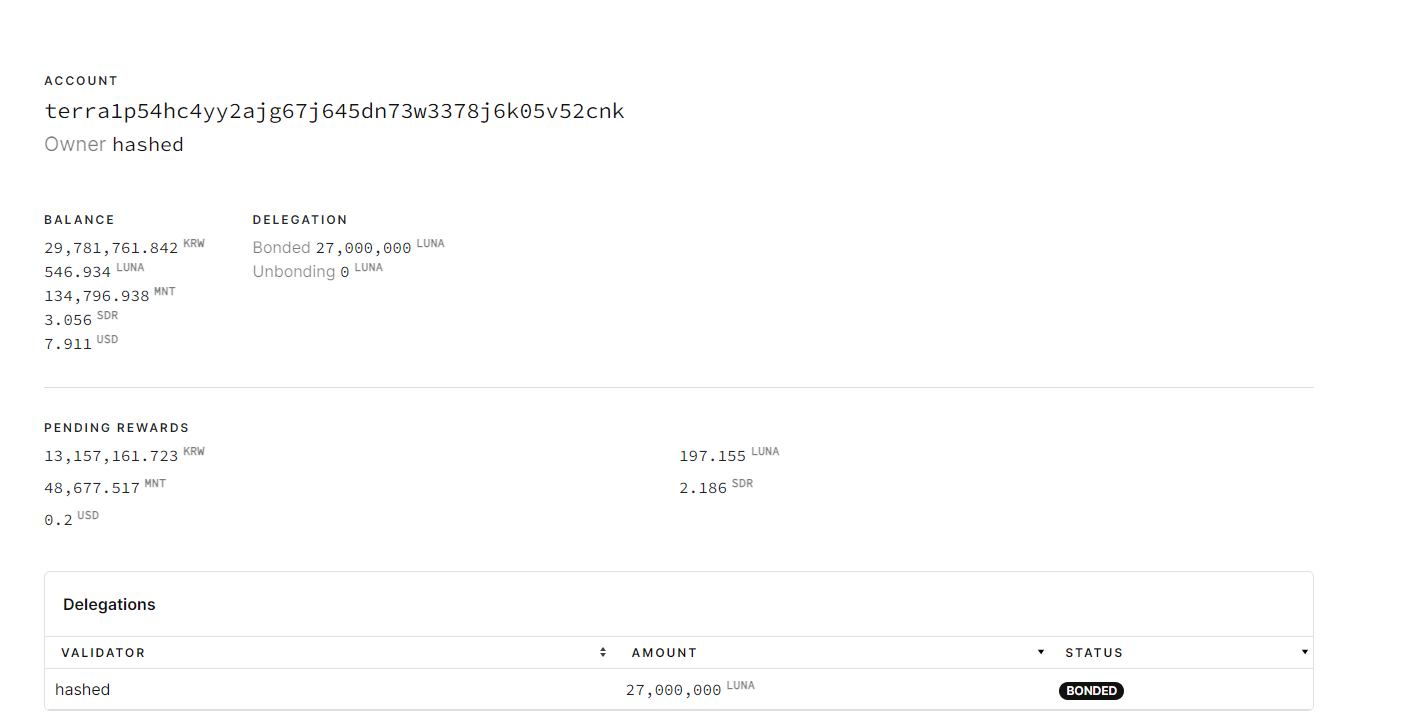Julian Assange—founder of the whistleblowing website WikiLeaks—can now be extradited from the United Kingdom to the United States, where he will face charges of espionage.
In April, a London court filed a formal extradition order for Assange, and the UK Home Secretary approved the order today, meaning that Assange can be extradited back to the United States. According to CNBC , Assange is facing 18 charges of espionage for his involvement with WikiLeaks, the website that published hundreds of thousands of classified military documents in 2010 and 2011.
Assange has been in prison or the Ecuadorian Embassy in London for much of the last decade. He’s currently being held in a high-security prison in London. Assange has the right to appeal today’s decision within 14 days, and WikiLeaks indicated it would be doing just that in a statement posted on Twitter this morning.
“This is a dark day for press freedom and for British democracy,” WikiLeaks said. “Julian did nothing wrong. He has committed no crime and is not a criminal. He is a journalist and a publisher, and he is being punished for doing his job.”
[…]
Source: Julian Assange Extradition to US Approved by UK Government







